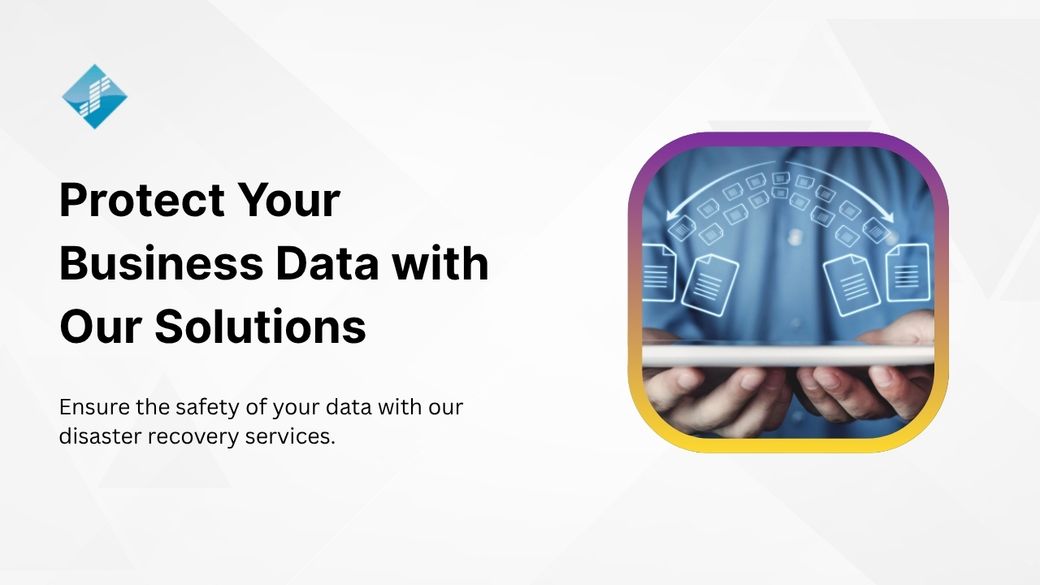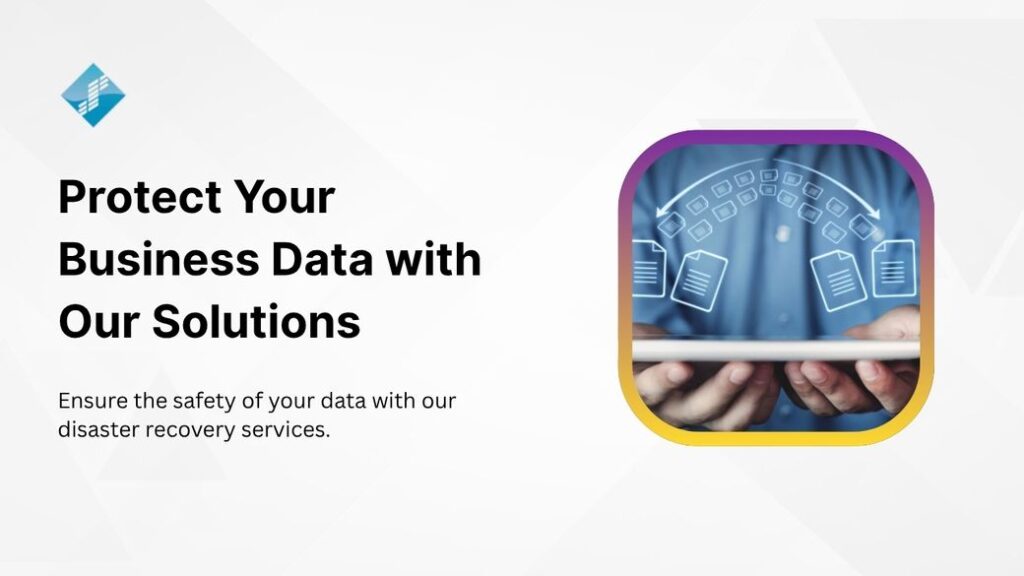Solution for Data Protection and Disaster Recovery
- February 4, 2022
- Blog
- 0



As long as natural disasters, ransomware, and a whole host of other threats to your business are out there, your clients still rely on you to provide them with products and services. Backups and disaster recovery (BDR) plans are no longer just a good idea. They are now a must-have for everyone. You must do this if you want to live in a world where technology is essential,
Only 30% of businesses have a disaster recovery plan in place, which is a surprise. 90% of these will go out of business after a disaster.
Make sure this doesn’t happen to you. There is a lot more to learn about backup and disaster recovery. Keep reading to find out more (BDR). If you want to make your own BDR plan, we’ll show you how.
Backup and disaster recovery are not the same thing. Backup makes two copies of your data so that you can still get to it if one of them is lost or damaged. Disaster recovery is the plan and process for getting back data after a disaster.
Backup and disaster recovery are also very different in how they help your business, but they are also very different. In most cases, backups are done at least once a week. Regularly to get back to normal after a disaster, you first need to set a recovery time goal, which tells you how often you need to backup your data. Backups are beneficial because they provide immediate access to data. However, disaster recovery provides you with a plan to keep your business running if your entire system fails.
Time to Recover Goal : Recovery RTO is the maximum amount of time your company is willing to give for your systems to be back up and running after a disaster. You may have lost all of your hardware. This could be your servers, network, storage, or even the whole infrastructure.
Your business must get back on its feet within your RTO to avoid significant losses. It is the time between when your services stop working and when they start working again. RTO is called the “return to service” time.
The goal of the Recovering Point : The Recovery Point Objective determines how much data can be lost over time (RPO). Do you have enough money to lose a lot of your data in the event of an accident or disaster?
The RPO of your company will be based on your tolerance level and how often backups are made. In some cases, some companies don’t want more than a week-old backup. They don’t wish to backups more than 5 minutes old in other cases.
The goal should be to develop an acceptable and doable RPO.
It is good to have backups because they give you quick access to data. But if your whole system goes down, disaster recovery gives you a plan for how to keep your business running during a complete disaster. This is called disaster recovery.
On-Premise : A backup that is done on-site copies your hardware data to a local storage device and keeps it there for a while. One service they offer is a network-attached storage (NAS). They also have storage servers, which make tape backups. Many businesses start with an on-prem backup system because it’s easy to use and set up, and it’s cheap. It’s hard to get things back quickly, keep them safe, and spend a lot of money if you backup your data on your computer.
In addition to making another copy of your data, disaster recovery allows you to keep running your business in the event of a disaster.